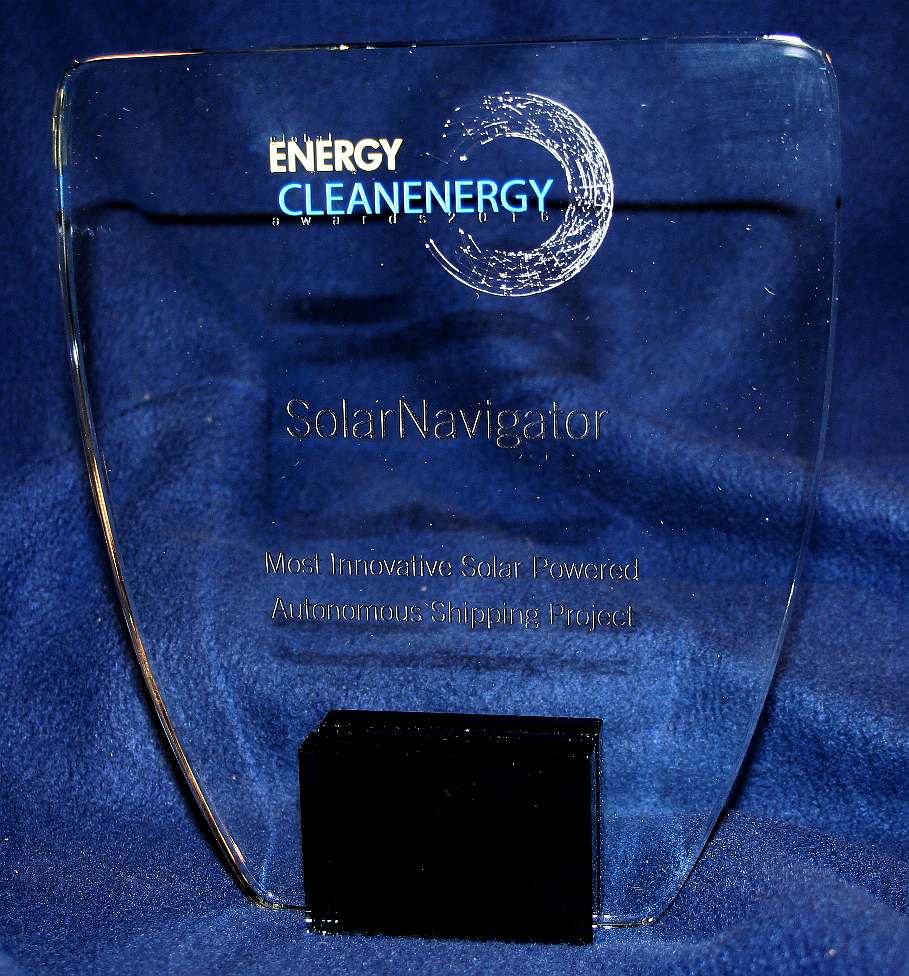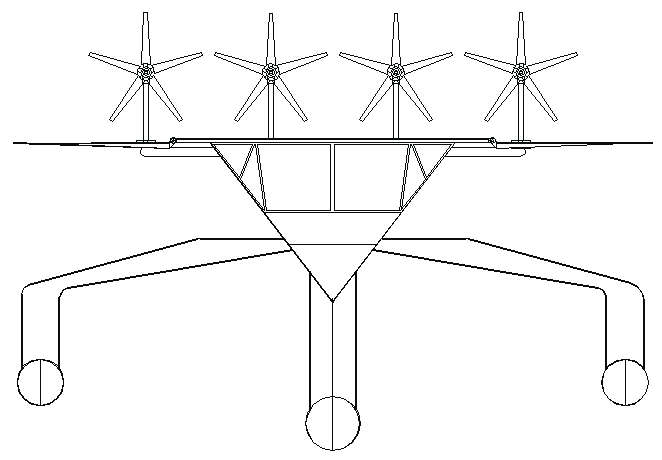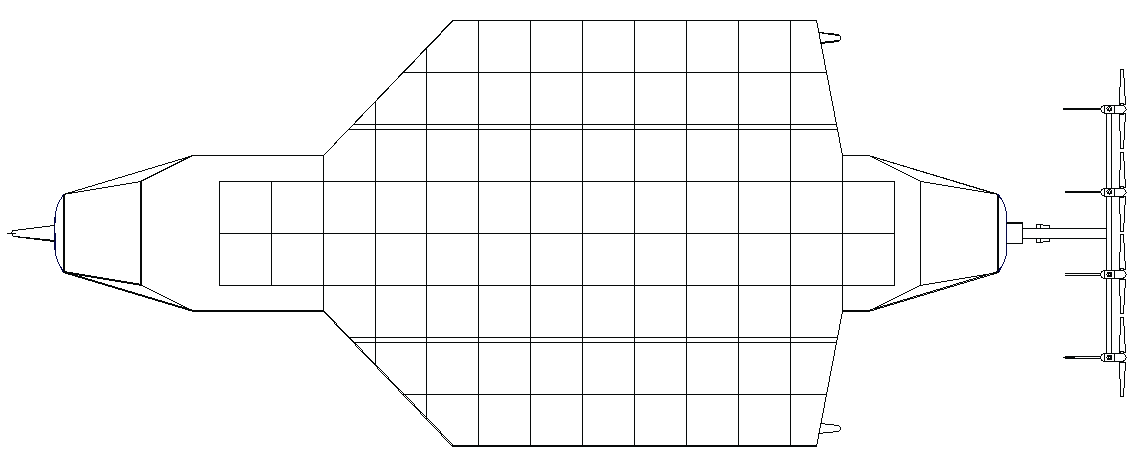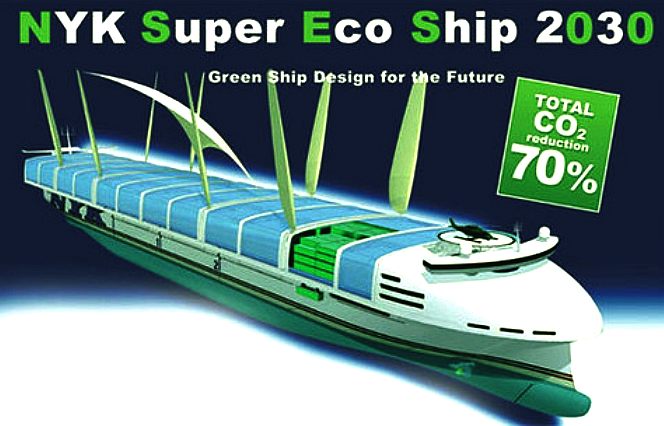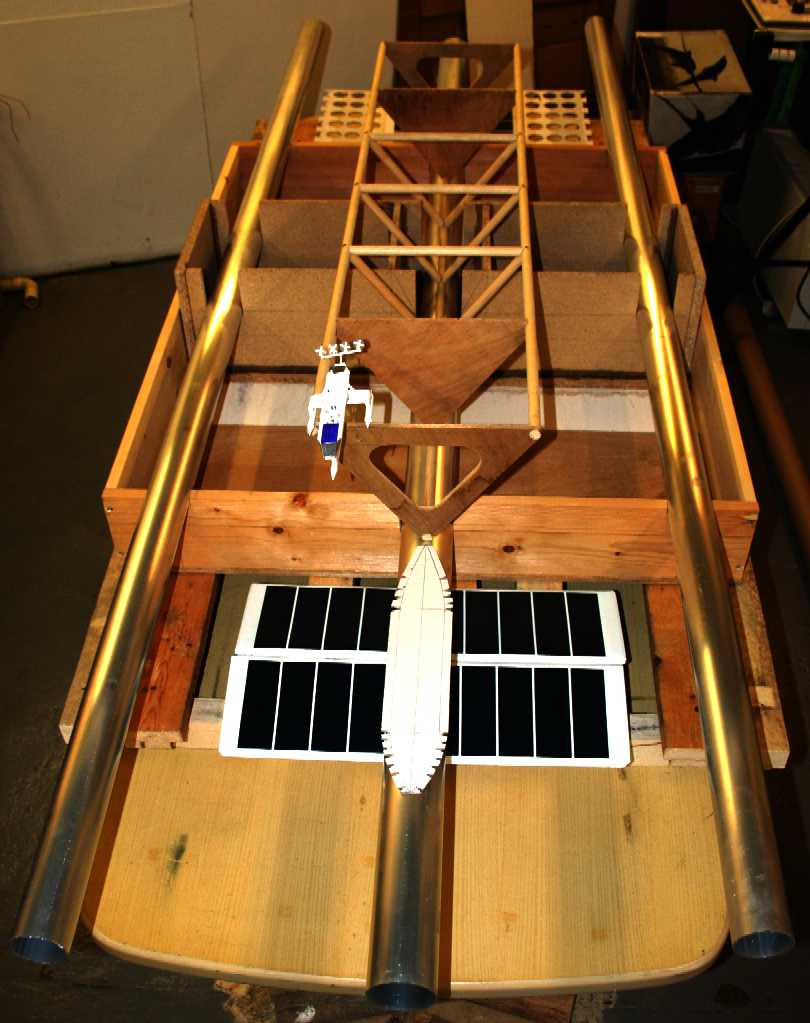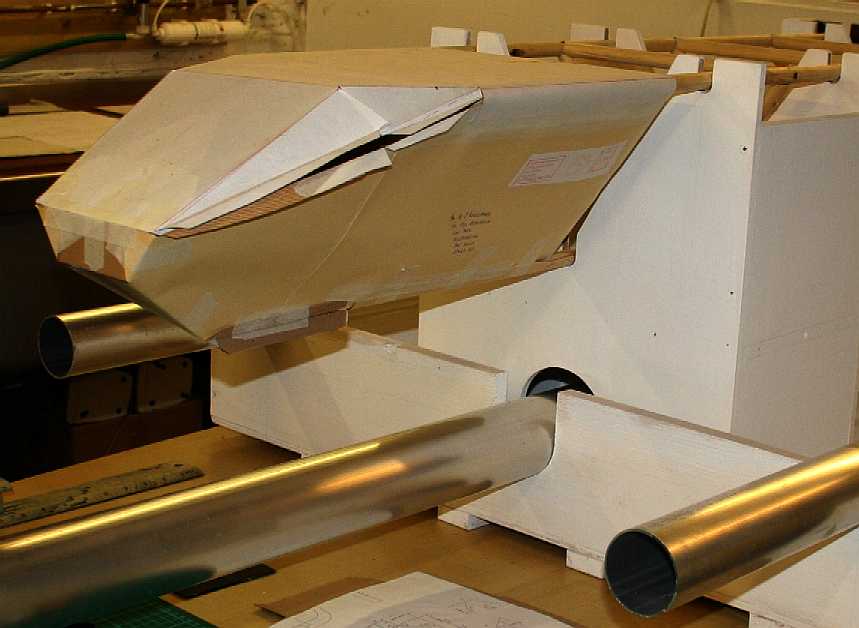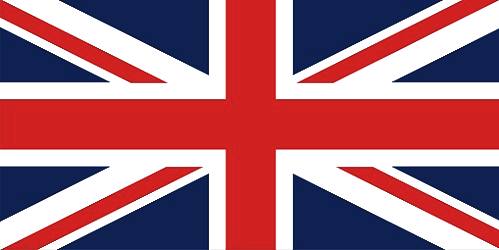|
World Autonomous Navigation Challenge
|

|
||||||||||||||||||||||||||||||||||||||
|
CLEAN ENERGY AWARD - In 2016 the SolarNavigator design won a clean energy award. Since 2013 the technology has been licensed to Bluebird Marine Systems for their Bluefish experiments and then in 2015 for SeaVax ocean cleaning technology development - all of which is based on the SolarNavigator platform. In 2017, the Cleaner Oceans Foundation is hoping to collaborate with other European partners to further develop the robotics and satellite communications that they say will refine anti ocean waste operations.
UNDER NEW MANAGEMENT - We see autonomy as the solution to many shipping issues, such as safety, course keeping and journey management. Robot boats are in their infancy. In other business arenas such as commercial airliners and space exploration, automation is at a high level for exactly the reasons identified above.
The SolarNavigator project received a boost, having upgraded the design to include true autonomy for improved course keeping, in so doing attracting the interest of academics and the electronics industry keen to develop the technology for commercial applications - for the benefit of fleet operators. How that will work may not be immediately obvious.
We need to attract additional funding for our collaborative research. We are working with academics and Industry captains looking to develop products for a cleaner tomorrow. Conventional sponsorship is also invited in return for media coverage, for the event stage of the project.
If you are interested in working with our group please get in touch today. We are especially keen to work with fleet operators looking to reduce tanker oil consumption. See the NYK Super Eco concept ship below saving an estimated 70% of CO2 using sails. The concept we are looking to develop offers a significant % CO2 reduction.
Please have a look at the advantages that our autonomous package holds for the future of sea transport.
Ships provide the transit of goods that keep the world ticking. Thought leaders like those who penned the ship above should be given more than just a regulatory shove. Real grants should be given to those who might carry out the research to make the above possible. Not just universities, but those who have shown a willingness and aptitude to strive for that which others only dream of.
CLEAN PAPER APPROACH IS CHEAPER - IDEAS ARE NOT CONSTRAINED BY CONVENTION
With any ship the most important consideration is the hull design. The requirement to increase hull efficiency for fuel savings, provides marine architects with new challenges. The hull design we are developing suggests significant drag reduction and smoother passages - hence better sea-keeping qualities. Converting an existing platform will be more expensive than a new build.
We have tested 5 hull designs to date, improving on each one. Two SWATH designs, two catamarans and a trimaran. The 6th design is not strictly speaking a trimaran though it has three hulls; so we're billing it as a hybrid trimaran. An active SWASH hull design like this has not been built to date (as far as we are aware).
The other major challenge is panel design. How to increase panel area and keep as much of it facing the sun when the sun moves relative to the route, and of course keep the boat stable in all seas. We have designed for at least 3 kilowatts per ton of vessel mass and can comfortably achieve that - for the ideal ZCC platform. Not to detract from the incredible achievements of the PlanetSolar team, but the SolarNavigator project aims to improve on the 585 day record (May 2012), slashing that to 280 days. Solarnavigator has more than twice the power to weight ratio of the current record holder. There is much work to be done on hull and propulsion design if solar power is ever to be used to ferry cargo around the high seas economically.
This project represents a unique opportunity for any global company, either with eco friendly ambitions, or just looking to save fuel costs and improve fleet management. If this is of interest to you please let Max Energy Limited know using the contact details below.
Mascot 1/200th SNAV model sitting on top of the 'Bluefish' 1/20th project development jig. These model hulls are doing the groundwork for eco ships of the future.
'Bluefish' 1/20th project development using the Jig, forward helm/cabins computer drawing development test fit in paper, prior to cutting/forming aluminium sections. August 18 2013.
Email: Brian at Max Energy Ltd: Phone UK: + 44 (0) 1323 831727 +44 (0) 7842 607865 Max Energy Limited in association with Bluebird Marine Systems Ltd Solar House, BN27 1RF, United Kingdom
|
|||||||||||||||||||||||||||||||||||||||
|
This website is copyright © 1991- 2017 Electrick Publications. All rights reserved. The bird logo and names Solar Navigator and Blueplanet Ecostar are trademarks ™. The Blueplanet vehicle configuration is registered ®. All other trademarks hereby acknowledged and please note that this project should not be confused with the Australian: 'World Solar Challenge'™which is a superb road vehicle endurance race from Darwin to Adelaide. Max Energy Limited is an educational charity working hard to promote world peace.
|
|||||||||||||||||||||||||||||||||||||||
